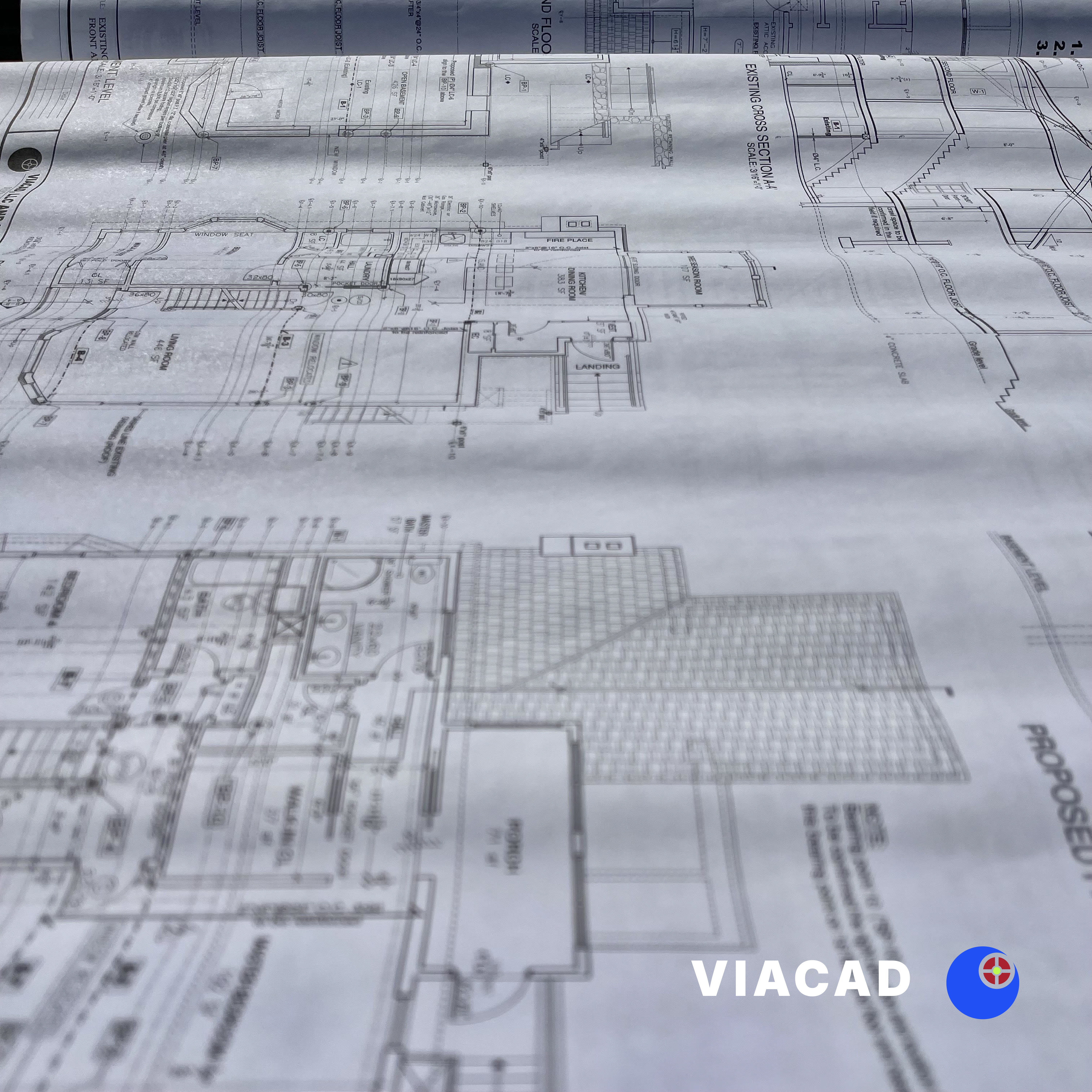

NOTE: The information provided is for general information purposes only.
Understanding what are borings in construction is essential for anyone involved in construction projects, especially those dealing with foundation design and underground utility installation. Borings in construction refer to the process of drilling into the ground to collect soil samples and analyze subsurface conditions. These samples provide valuable information about soil types, soil strata, and other materials that lie beneath the ground surface, which is critical for ensuring the safety and stability of buildings and infrastructure.
Soil borings play a crucial role in construction by helping project managers and engineers assess the load-bearing capacity of the soil. This assessment guides decisions about foundation design and the suitability of the site for construction. By conducting soil boring projects, construction teams can identify potential risks associated with soil conditions, such as the presence of soft soils or rock layers, which might affect the stability of structures.
Collecting soil samples through borings allows for a detailed analysis of the earth beneath the surface. These samples, often obtained using specialized equipment like split spoon samplers or core sampling tools, provide insights into soil composition and strength. This information ensures that foundations are built on solid ground, minimizing the risk of structural failures and ensuring compliance with safety standards.
The soil boring process involves drilling a hole into the ground at the construction site to collect samples from various depths. This process can be carried out using different boring methods, each suited to specific project requirements and soil conditions.
One common method is rotary drilling, which uses a rotating drill bit attached to a drilling rig to penetrate soil and rock layers. This technique is effective for reaching deep foundations and obtaining core samples from solid ground. Percussion drilling, which involves repeated blows to drive the drill bit into the earth, is another method used especially in hard or rocky soils.
Auger boring is a technique that employs a helical screw blade to remove soil as the drill bit rotates. This method is particularly useful for collecting soil samples in soft soils and is often favored for its cost-effectiveness and minimal surface disruption. Hand augers, a manual version of auger boring, are used for shallow borings or in areas with challenging terrain where heavy equipment cannot operate.
Directional boring and horizontal directional drilling (HDD) are advanced methods used for underground utility installation, especially when installing utility lines beneath rivers, roads, or other obstacles. These techniques allow for boring operations over long distances with minimal environmental impact, making them ideal for urban areas and environmentally sensitive areas.

Boring operations require specialized equipment to ensure efficiency and safety. Drilling rigs equipped with rotating drill bits, augers, and split spoon samplers enable the collection of accurate soil samples while maintaining minimal surface disruption. The choice of boring equipment depends on the project’s depth, soil types, and the presence of underground utilities or other materials.
Safety measures are paramount during the boring process. Adhering to safety standards protects workers and prevents damage to existing underground utilities. Project managers must carefully plan boring projects to avoid potential risks, such as striking utility lines, and ensure that all operations comply with environmental regulations to minimize environmental impact.
Borings serve various purposes in construction, from foundation design to underground utility installation. By understanding soil strata and subsurface conditions, engineers can design deep foundations that support buildings and infrastructure safely and effectively.
The ability to collect soil samples from different depths allows for precise analysis of soil conditions, enabling the selection of suitable construction methods and materials. Directional drilling and auger boring provide cost-effective solutions for utility installation with minimal environmental impact and surface disruption, especially in urban areas and challenging terrain.
Ultimately, borings in construction contribute to safer, more efficient projects by providing critical data that informs design and construction decisions. They help project teams navigate complex subsurface conditions, reduce potential risks, and ensure that construction sites are prepared for the demands of the project.
In summary, borings in construction are an indispensable part of modern construction projects. They involve drilling into the ground to collect soil samples and analyze subsurface conditions, which informs foundation design and underground utility installation. Various boring methods, including rotary drilling, auger boring, and horizontal directional drilling, are employed depending on project requirements and soil conditions. With the use of specialized equipment and adherence to safety measures, borings help minimize environmental impact and ensure the stability and safety of construction projects. Understanding what are borings in construction allows project managers and engineers to make informed decisions that lead to successful and sustainable construction outcomes.



Currently accepting projects in Massachusetts.